Even established brands can lose product-market fit as customer needs evolve. Explore warning signs, recovery strategies, and how CX, digital reinvention, and customer-driven innovation can help companies stay relevant and resilient.
The irony of business success is that the very achievements that make you an established brand can also become the anchors that drag you away from your customers and could create issues down the road.
Product-market fit (PMF) isn’t just for startups; it is something that even the most successful companies must pay attention to and can lose sight of as markets evolve, customer needs shift, and new competitors emerge.
The Silent Erosion of Product-Market Fit
For established brands, losing PMF often happens gradually, like a slow leak in a tyre. Unlike startups that either achieve PMF or die quickly, established companies have the resources to mask declining fit through increased marketing spend, aggressive promotions, or relying on brand equity built in better times.
What makes this particularly relevant for customer experience professionals is the intimate relationship between product-market fit and customer experience (CX).
PMF isn’t just about having the right product—it’s about delivering value in ways that resonate with how customers want to engage, purchase, and derive benefit from your offerings. When customers struggle to see value in your product or find it difficult to achieve their desired outcomes, you’re simultaneously experiencing both a PMF problem and a CX problem.
The two are so intertwined that improving one inevitably impacts the other, making CX teams uniquely positioned to both detect early warning signs of declining PMF and drive the customer-centric innovations needed to regain it.
Warning Signs Your Brand Is Losing PMF
The symptoms are often subtle but telling:
- Declining organic growth despite increased marketing investment.
- Rising customer acquisition costs with falling retention rates.
- Increasing reliance on discounts to drive sales.
- Growing disconnects between product features and customer feedback.
- Market share erosion to newer, more agile competitors.
- Internal conversations focusing more on competition than customers.
Three Strategic Pathways to Recovery
When established brands recognise they’re drifting from product-market fit, they typically have three strategic options: product pivots, digital reinvention, or customer-driven innovation. Each requires different approaches and timelines.
- Product Pivots: Reimagining Your Core Offering
Product pivots for established brands are fundamentally different from startup pivots. You’re not just changing direction—you’re redirecting a moving ship with existing customers, brand equity, and market expectations.
Strategic Approach:
- Gradual vs. Radical Pivots: Most successful established brand pivots happen incrementally, allowing you to test new directions while maintaining core revenue streams.
- Leverage Existing Assets: Use your brand recognition, customer base, and distribution channels as launching pads for new directions.
- Portfolio Strategy: Consider launching new product lines alongside existing ones rather than an entire replacement.
Success Example: Microsoft’s transformation from a software licensing company to a cloud-first, subscription-based platform illustrates successful pivoting. Under Chairman/CEO Satya Nadella’s leadership, Microsoft shifted from defending Windows to embracing cross-platform strategies, resulting in its market cap growing from $300 billion to over $3 trillion.
Key Lessons:
- Started with Azure cloud services while maintaining Windows revenue.
- Gradually shifted Office to subscription model (Office 365).
- Embraced former competitors like Apple and Google as partners.
- Digital Reinvention: Technology as the Bridge Back to Customers
With business leaders increasingly recognising AI’s transformative potential—as evidenced by 78% of organisations now regularly using generative AI in at least one business function—digital transformation has become a critical pathway for regaining customer relevance.
Implement a digital reinvention framework like the below.
The Digital Reinvention Framework:
Customer Experience Layer:
- Implement AI-powered personalisation engines.
- Create omnichannel experiences that meet customers where they are.
- Use data analytics to predict and respond to customer needs proactively.
Operational Layer:
- Automate routine processes to free resources for innovation.
- Use real-time data to improve product performance.
- Implement agile development cycles to respond faster to market changes.
Business Model Layer:
- Explore subscription and service-based revenue models.
- Create platform strategies that connect customers directly.
- Develop data-driven insights as new value propositions.
Success Example: Nike used a very similar model to transform itself from a traditional athletic wear company to a digital-first brand, demonstrating effective reinvention:
- Nike Run Club and Training Club apps: Created direct customer relationships and valuable usage data.
- Nike By You customisation platform: Enabled personalisation at scale.
- SNKRS app: Transformed shoe launches into cultural events.
As a result, according to its 2024 annual report, Nike’s direct-to-consumer sales grew from 16% to over 40% of total revenue.
- Customer-Driven Innovation: Rebuilding from the Ground Up
The most sustainable path to regaining PMF often involves fundamentally changing how you listen to, understand, and respond to customers.
The Customer-Driven Innovation Process:
Deep Customer Research:
- Move beyond surveys to ethnographic research and customer journey mapping.
- Create customer advisory boards with rotating membership.
- Implement continuous feedback loops through multiple touchpoints.
- Use social listening and sentiment analysis for real-time insights.
Co-Creation Strategies:
- Involve customers in product development from ideation to testing.
- Create beta communities to validate new product features.
- Implement rapid prototyping with customer feedback integration.
- Establish innovation labs that customers can visit and contribute to.
Organisational Alignment:
- Create cross-functional teams with direct customer exposure.
- Implement CX metrics and financial KPI dashboards.
- Establish customer advocacy roles within product development.
- Develop regular “customer immersion” experiences for leadership teams.
Data-Driven Recovery: Metrics That Matter
Regaining PMF requires new measurement approaches beyond traditional business metrics:
Leading Indicators
- Net Promoter Score (NPS) trends across customer segments.
- Product usage depth and feature adoption rates.
- Customer effort scores for service interactions.
- Organic growth rates vs. paid acquisition.
- Customer lifetime value to acquisition cost ratios.
Advanced Analytics
- Cohort analysis to understand retention patterns.
- Predictive churn modelling to identify at-risk segments.
- Customer journey analytics to identify friction points.
- Sentiment analysis across all customer touchpoints.
The global economy is expected to see substantial benefits from digital transformation initiatives, making data-driven decision-making not just a competitive advantage but necessary for survival.
Common Pitfalls and How to Avoid Them
The Innovation Trap
Many established brands create innovation labs and digital transformation initiatives that look impressive but don’t optimise the customer experience. Focus on outcomes, not activities.
Once Successful, Always Successful
Your past success can become a prison. Be willing to discontinue products, services, or strategies that no longer serve customers, regardless of historical investment.
The Need for Speed
Research from Harvard Business Review shows that digital transformation failure rates range from 70% to 95%, with an average of 87.5% not meeting their original objectives, often because companies prioritise speed over understanding. Being agile is good, but do take time to deeply understand customer needs before racing to solutions.
Building Long-Term PMF Resilience
Regaining PMF isn’t just about recovery—it’s about building systems that maintain alignment with evolving customer needs:
Organisational Capabilities:
- Develop rapid experimentation and learning capabilities.
- Create flexible technology architectures that enable quick pivots.
- Build customer empathy as a core organisational competency.
- Establish early warning systems for market changes.
Cultural Shifts:
- Reward customer-centric decisions over short-term financial metrics.
- Encourage intelligent failure and rapid learning.
- Create direct pathways between customer insights and decision-making.
- Maintain a startup mentality within established organisational structures.
The Path Forward
Regaining PMF as an established brand requires acknowledging that your past success doesn’t guarantee future relevance. It demands the humility to listen deeply to customers, the courage to change profitable but outdated approaches, and the discipline to measure what truly matters.
The companies that successfully navigate this challenge don’t just regain their market position—they often emerge stronger, more resilient, and better positioned for future market changes. In an era where customer expectations evolve rapidly and new competitors emerge constantly, the ability to regain and maintain PMF becomes the ultimate sustainable competitive advantage.
The question isn’t whether you’ll need to rediscover product-market fit—it’s whether you’ll recognise the need early enough and have the courage to act decisively when the time comes.
ALSO READ: Experience Hub: What the Future Contact Centre Looks Like









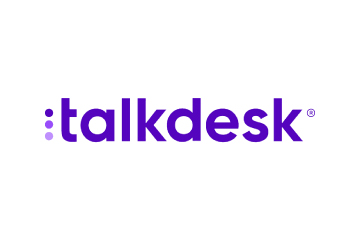

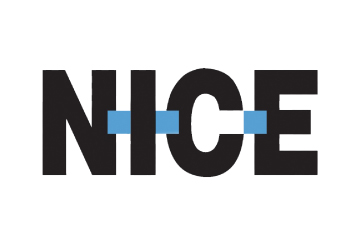



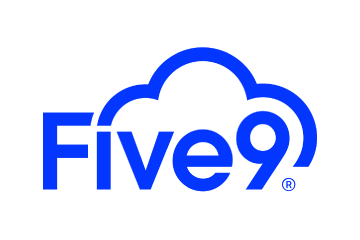


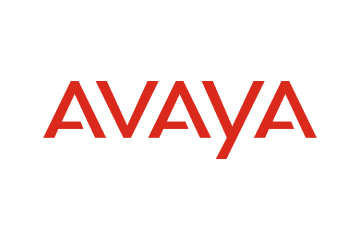
 Amplitude is a product analytics platform, enabling businesses to track visitors with the help of collaborative analytics. The platform leverages the capabilities of
Amplitude is a product analytics platform, enabling businesses to track visitors with the help of collaborative analytics. The platform leverages the capabilities of 

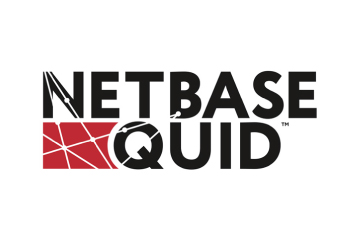
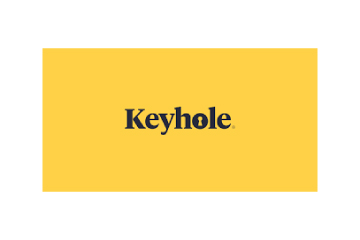

 Zoho Social, a part of Zoho’s suite of 50+ products, is a comprehensive social media management platform for businesses and agencies. The Zoho Social dashboard includes a robust set of features, such as Publishing Calendar, Bulk Scheduler, and Approval Management to offer businesses all the essential social media publishing tools. Its monitoring tools help enterprises track and respond to relevant social conversations.
Zoho Social, a part of Zoho’s suite of 50+ products, is a comprehensive social media management platform for businesses and agencies. The Zoho Social dashboard includes a robust set of features, such as Publishing Calendar, Bulk Scheduler, and Approval Management to offer businesses all the essential social media publishing tools. Its monitoring tools help enterprises track and respond to relevant social conversations.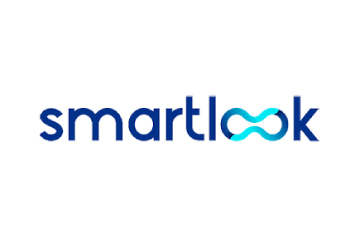

 Microsoft Dynamics 365 represents a robust cloud-based CRM solution with features such as pipeline assessment, relationship analytics, and conversational intelligence. It utilises AI-powered insights to provide actionable intelligence via predictive analytics, lead scoring, sentiment analysis, etc. Currently, Microsoft operates in 190 countries and is made up of more than 220,000 employees worldwide.
Microsoft Dynamics 365 represents a robust cloud-based CRM solution with features such as pipeline assessment, relationship analytics, and conversational intelligence. It utilises AI-powered insights to provide actionable intelligence via predictive analytics, lead scoring, sentiment analysis, etc. Currently, Microsoft operates in 190 countries and is made up of more than 220,000 employees worldwide.

 HubSpot is an inbound marketing, sales, and customer service software provider, offering robust CRM and automation solutions. Some of its products include Marketing Hub, Sales Hub, Operations Hub, Content Hub, Commerce Hub, Marketing Analytics and Dashboard Software. Guided by its inbound methodology, HubSpot enables companies to prioritise innovation and customer success.
HubSpot is an inbound marketing, sales, and customer service software provider, offering robust CRM and automation solutions. Some of its products include Marketing Hub, Sales Hub, Operations Hub, Content Hub, Commerce Hub, Marketing Analytics and Dashboard Software. Guided by its inbound methodology, HubSpot enables companies to prioritise innovation and customer success.
 Monday.com is a project management software company, offering a cloud-based platform that enables businesses
Monday.com is a project management software company, offering a cloud-based platform that enables businesses 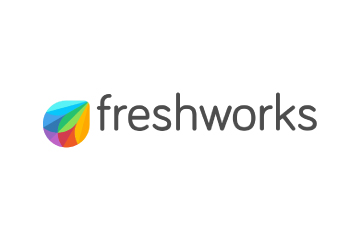 Headquartered in San Mateo, California, Freshworks is a global AI-powered business software provider. Its tech stack includes a scalable and comprehensive suite for IT, customer support, sales, and marketing teams, ensuring value for immediate business impact. Its product portfolio includes Customer Service Suite, Freshdesk, Freshchat, Freshcaller, Freshsuccess, and Freshservice. Freshservice for Business Teams has helped several global organisations to enhance their operational efficiency.
Headquartered in San Mateo, California, Freshworks is a global AI-powered business software provider. Its tech stack includes a scalable and comprehensive suite for IT, customer support, sales, and marketing teams, ensuring value for immediate business impact. Its product portfolio includes Customer Service Suite, Freshdesk, Freshchat, Freshcaller, Freshsuccess, and Freshservice. Freshservice for Business Teams has helped several global organisations to enhance their operational efficiency.
 Talkdesk offers an innovative AI-powered customer-centric tech stack to its global partners. The company provides generative AI integrations, delivering industry-specific solutions to its customers. Talkdesk CX Cloud and Industry Experience Clouds utilise modern machine learning and language models to enhance contact centre efficiency and client satisfaction.
Talkdesk offers an innovative AI-powered customer-centric tech stack to its global partners. The company provides generative AI integrations, delivering industry-specific solutions to its customers. Talkdesk CX Cloud and Industry Experience Clouds utilise modern machine learning and language models to enhance contact centre efficiency and client satisfaction.



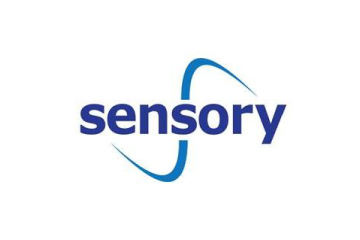
 The company offers comprehensive cloud-based solutions, such as Microsoft Dynamics 365, Gaming Consoles, Microsoft Advertising, Copilot, among other things, to help organisations offer enhanced CX and ROI. Its generative-AI-powered speech and voice recognition solutions,such as Cortana and Azure Speech Services empowers developers to build intelligent applications.
The company offers comprehensive cloud-based solutions, such as Microsoft Dynamics 365, Gaming Consoles, Microsoft Advertising, Copilot, among other things, to help organisations offer enhanced CX and ROI. Its generative-AI-powered speech and voice recognition solutions,such as Cortana and Azure Speech Services empowers developers to build intelligent applications. IBM is a global hybrid cloud and AI-powered
IBM is a global hybrid cloud and AI-powered  Uniphore is an enterprise-class, AI-native company that was incubated in 2008. Its enterprise-class multimodal AI and data platform unifies all elements of voice, video, text and data by leveraging Generative AI, Knowledge AI, Emotion AI and workflow automation. Some of its products include U-Self Serve, U-Assist, U-Capture, and U-Analyze. Its Q for Sale is a conversational intelligence software that guides revenue teams with AI-powered insights, offering clarity on how to effectively keep prospects engaged.
Uniphore is an enterprise-class, AI-native company that was incubated in 2008. Its enterprise-class multimodal AI and data platform unifies all elements of voice, video, text and data by leveraging Generative AI, Knowledge AI, Emotion AI and workflow automation. Some of its products include U-Self Serve, U-Assist, U-Capture, and U-Analyze. Its Q for Sale is a conversational intelligence software that guides revenue teams with AI-powered insights, offering clarity on how to effectively keep prospects engaged. Google Cloud accelerates every organisation’s ability to digitally transform its business. Its enterprise-grade solutions leverage modern technology to solve the most criticial business problems
Google Cloud accelerates every organisation’s ability to digitally transform its business. Its enterprise-grade solutions leverage modern technology to solve the most criticial business problems  8×8 offers out-of-the-box contact centre solutions, assisting all-size businesses to efficiently meet customer needs and preferences. It offers custom CRM integrations support and integrates effortlessly with third-party CRMs like Salesforce, Microsoft Dynamics, Zendesk, and more. Offering global support in all time zones & development teams in 5 continents, its patented geo-routing solution ensures consistent voice quality.
8×8 offers out-of-the-box contact centre solutions, assisting all-size businesses to efficiently meet customer needs and preferences. It offers custom CRM integrations support and integrates effortlessly with third-party CRMs like Salesforce, Microsoft Dynamics, Zendesk, and more. Offering global support in all time zones & development teams in 5 continents, its patented geo-routing solution ensures consistent voice quality. Sprinklr is a comprehensive enterprise software company for all customer-focused functions. With advanced AI, Sprinklr’s unified customer experience management (Unified-CXM) platform lets organisations offer human experiences to every customer, every time, across any modern channel.
Sprinklr is a comprehensive enterprise software company for all customer-focused functions. With advanced AI, Sprinklr’s unified customer experience management (Unified-CXM) platform lets organisations offer human experiences to every customer, every time, across any modern channel.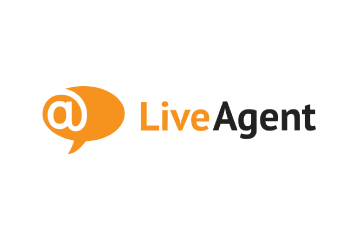


 Upland offers a comprehensive suite of contact centre and customer service solutions with products including InGenius, Panviva, Rant & Rave, and RightAnswers. InGenius enables organisations to connect their existing phone system with CRM, further enhancing agent productivity. Panviva provides compliant and omnichannel capabilities for highly regulated industries. Whereas, Rant & Rave, and RightAnswers are its AI-powered solutions,
Upland offers a comprehensive suite of contact centre and customer service solutions with products including InGenius, Panviva, Rant & Rave, and RightAnswers. InGenius enables organisations to connect their existing phone system with CRM, further enhancing agent productivity. Panviva provides compliant and omnichannel capabilities for highly regulated industries. Whereas, Rant & Rave, and RightAnswers are its AI-powered solutions, 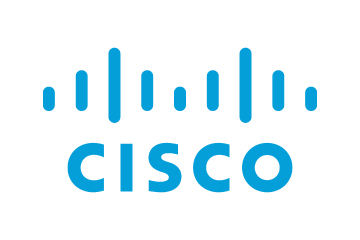

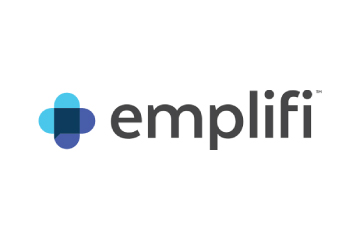
 Hootsuite, headquartered in Vancouver, is a social media management platform that streamlines the process of managing multiple social media accounts. Some of its core offerings include social media content planning and publishing, audience engagement tools, analytics and social advertising. Its easy-to-integrate capabilities help marketing teams to schedule and publish social media posts efficiently.
Hootsuite, headquartered in Vancouver, is a social media management platform that streamlines the process of managing multiple social media accounts. Some of its core offerings include social media content planning and publishing, audience engagement tools, analytics and social advertising. Its easy-to-integrate capabilities help marketing teams to schedule and publish social media posts efficiently.

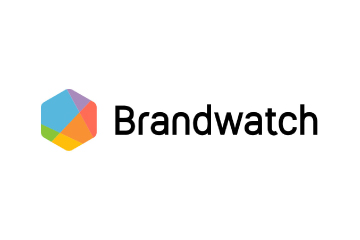 Brandwatch enables businesses to build and scale the optimal strategy for their clients with intuitive, use-case-focused tools that are easy and quick to master. Bringing together consumer intelligence and social media management, the company helps its users react to the trends that matter, collaborate on data-driven content, shield the brand from threats and manage all the social media channels at scale.
Brandwatch enables businesses to build and scale the optimal strategy for their clients with intuitive, use-case-focused tools that are easy and quick to master. Bringing together consumer intelligence and social media management, the company helps its users react to the trends that matter, collaborate on data-driven content, shield the brand from threats and manage all the social media channels at scale.
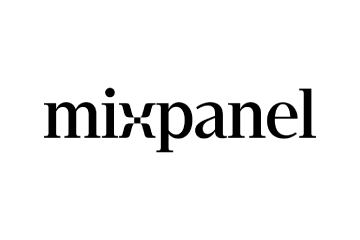

 Adobe Experience Cloud offers a comprehensive set of applications, capabilities, and services specifically designed to address day-to-day requirement for personalised customer experiences at scale. Its platform helps play an essential role in managing different digital content or assets to improve customer happiness. Its easy-to-optimise content gives users appropriate marketing streams, ensuring product awareness.
Adobe Experience Cloud offers a comprehensive set of applications, capabilities, and services specifically designed to address day-to-day requirement for personalised customer experiences at scale. Its platform helps play an essential role in managing different digital content or assets to improve customer happiness. Its easy-to-optimise content gives users appropriate marketing streams, ensuring product awareness. Salesforce-owned Tableau is an AI-powered analytics and business intelligence platform, offering the breadth and depth of capabilities that serve the requirements of global enterprises in a seamless, integrated experience. Marketers can utilise generative AI models, AI-powered predictions, natural language querying, and recommendationsons.
Salesforce-owned Tableau is an AI-powered analytics and business intelligence platform, offering the breadth and depth of capabilities that serve the requirements of global enterprises in a seamless, integrated experience. Marketers can utilise generative AI models, AI-powered predictions, natural language querying, and recommendationsons.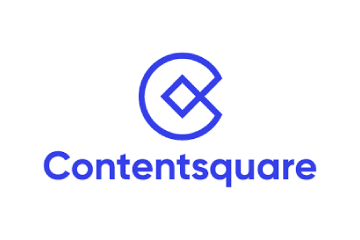 Contentsquare is a cloud-based digital experience analytics platform, helping brands track billions of digital interactions, and turn those digital
Contentsquare is a cloud-based digital experience analytics platform, helping brands track billions of digital interactions, and turn those digital 
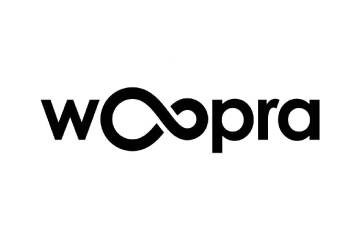
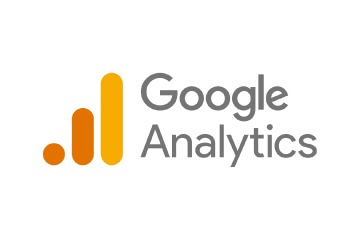
 Zoho Corporation offers innovative and tailored software to help leaders grow their business. Zoho’s 55+ products aid sales and marketing, support and collaboration, finance, and recruitment requirements. Its customer analytics capabilities come with a conversational feature, Ask Zia. It enables users to ask questions and get insights in the form of reports and widgets in real-time.
Zoho Corporation offers innovative and tailored software to help leaders grow their business. Zoho’s 55+ products aid sales and marketing, support and collaboration, finance, and recruitment requirements. Its customer analytics capabilities come with a conversational feature, Ask Zia. It enables users to ask questions and get insights in the form of reports and widgets in real-time. Fullstory is a behavioural data platform, helping C-suite leaders make informed decisions by injecting digital behavioural data into its analytics stack. Its patented technology uncovers the power of quality behavioural data at scale, transforming every digital visit into actionable insights. Enterprises can increase funnel conversion and identify their highest-value customers effortlessly.
Fullstory is a behavioural data platform, helping C-suite leaders make informed decisions by injecting digital behavioural data into its analytics stack. Its patented technology uncovers the power of quality behavioural data at scale, transforming every digital visit into actionable insights. Enterprises can increase funnel conversion and identify their highest-value customers effortlessly.
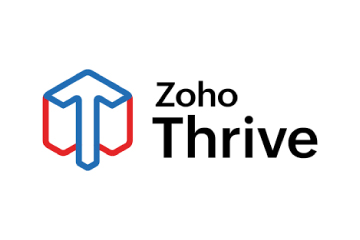
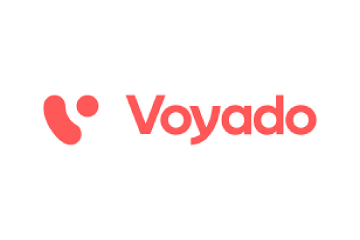 Started in 2005 in a Sweden-based small town, Norrköping, Voyado offers a customer experience cloud platform that includes a customer loyalty management system. This platform helps businesses design and implement customer loyalty programs, track customer
Started in 2005 in a Sweden-based small town, Norrköping, Voyado offers a customer experience cloud platform that includes a customer loyalty management system. This platform helps businesses design and implement customer loyalty programs, track customer 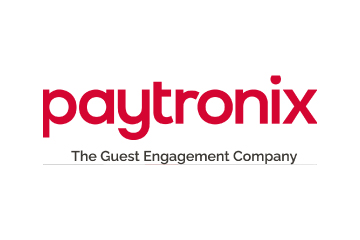
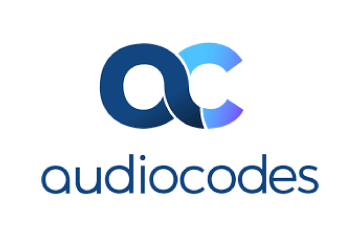


 TapMango provides a comprehensive, customisable, flexible and feature-rich customer loyalty program. The loyalty tools include an integrated suite of customised consumer-facing technology, easy-to-use merchant tools, and automation algorithms, all aimed at enhancing customer experience. Adaptable to any industry, TapMango’s platform helps merchants compete with larger chains, converting customer one-time purchases into profitable spending habits.
TapMango provides a comprehensive, customisable, flexible and feature-rich customer loyalty program. The loyalty tools include an integrated suite of customised consumer-facing technology, easy-to-use merchant tools, and automation algorithms, all aimed at enhancing customer experience. Adaptable to any industry, TapMango’s platform helps merchants compete with larger chains, converting customer one-time purchases into profitable spending habits.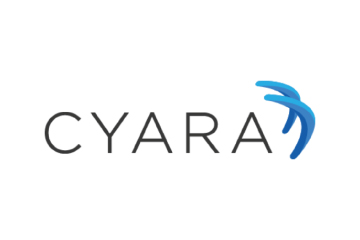






 Adobe Experience Cloud offers a comprehensive set of applications, capabilities, and services specifically designed to address day-to-day requirements for personalised customer experiences at scale. Its innovative platform has played an essential role in managing different digital content or assets, to improve customer happiness or satisfaction. Some of its products include Adobe Gen Studio, Experience Manager Sites, Real-time CDP, and Marketo Engage.
Adobe Experience Cloud offers a comprehensive set of applications, capabilities, and services specifically designed to address day-to-day requirements for personalised customer experiences at scale. Its innovative platform has played an essential role in managing different digital content or assets, to improve customer happiness or satisfaction. Some of its products include Adobe Gen Studio, Experience Manager Sites, Real-time CDP, and Marketo Engage.

